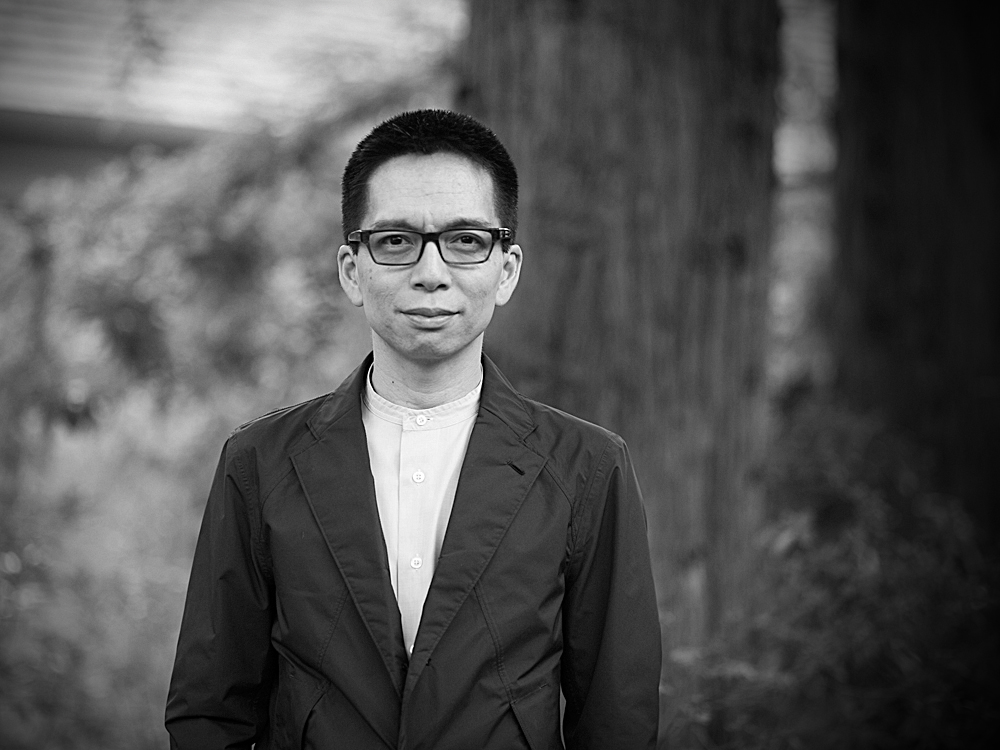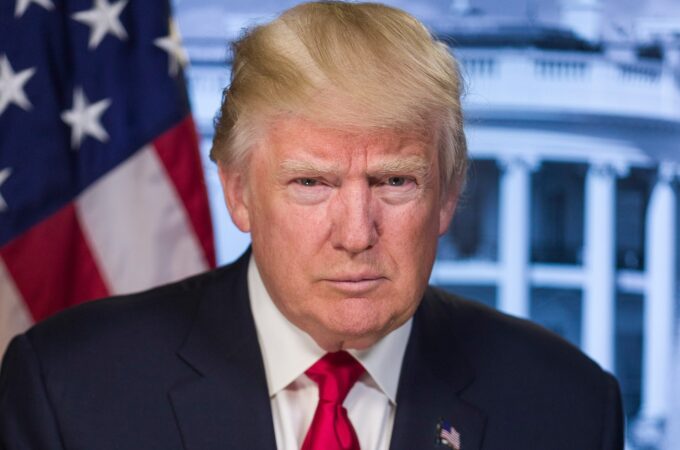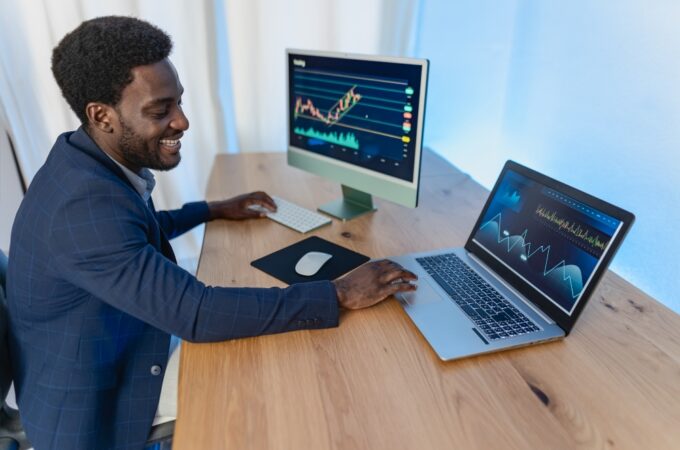
Take It From An Expert: Design Is More Important Than Ever
WIRED: We’ve been saying it for a while and now John Maeda has delivered the data to prove it: Design is more integral to good business than ever before. Maeda himself is further proof of the trend; last year he left his post as president of Rhode Island School of Design to be a design partner at Kleiner Perkins Caufield & Byers. This weekend at SXSW, Maeda presented his inaugural Design in Tech Report, a 39-slide presentation that’s both inspired by Mary Meeker’s widely influential annual Internet Trends reports and a continuation of some of Meeker’s findings. Maeda actually contributed a slide to Meeker’s most recent report titled “R.I.P. Bad User Interfaces.” His presentation is essentially a closer look at why exactly that’s true.
“I wanted to connect the worlds of design, technology, and business together, so that people wouldn’t see them as three different things,” Maeda explains of his report. He begins with a slew of numbers: since 2010, 27 companies founded by designers were acquired by bigger companies like Google, Facebook, Yahoo!, Adobe, Dropbox, and LinkedIn. Of the cumulative-funded VC-backed ventures that have raised more money since 2013, 20 percent have co-founders who are designers. Last year, for the first time ever, six venture capital firms invited designers to join their teams.
Apple often gets the credit for raising our collective awareness about the importance of design, but Maeda actually points to Mint’s 2009 acquisition as a turning point for design mattering to technology. It all ties into mobile. “Looking at your finances, that was painful. Mint boxed up something painful so that it that could be experienced in a positive way,” Maeda says. At the same time, the shift from desktop to mobile was underway, forcing companies to respond to more constraints than ever before, like limited computing power, smaller displays, no more “hover” state that you get with the mouse. We unlock our phones every few minutes—every 5.6 minutes, according to the report— meaning a single bad design decision can pop up again and again for a user throughout the day. Computers were once the province of enthusiasts and technologists, people who were more forgiving of these sorts of rough patches. Now, users expect things to work and to look good doing it. “Mobile,” Maeda says, “is the gateway to the mass consumerization of technology.”
Maeda’s report is more of a state-of-the-union check-in than a handbook for how to bake design into a company. Things become much nuanced when you look at individual companies. Take Airbnb, the archetypal design-led company that was last valued at $13 billion. RISD graduates founded the company, but Airbnb’s new head of design, Alex Schleifer, is currently trying to figure out how to expands its design culture so that everyone working at Airbnb, not just the designers, are thinking about the user viewpoint. These are nuanced differences that will differ from tech company to tech company. There’s no one-size-fits-all approach.
Maeda won’t go into details, but he says he’s already working on next year’s Design in Tech report. Given that much of this year’s report looks at acquisitions and investment behavior, it stands to reason that we’ll start to see newer, richer metrics of what design-led success looks like. We’ll have to wait for SXSW 2016 to see.
Check out the full report here.





